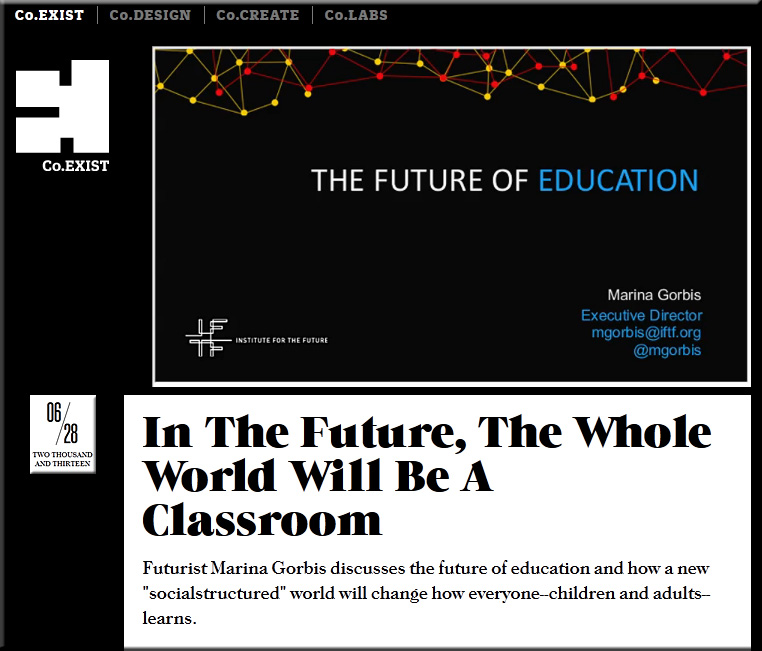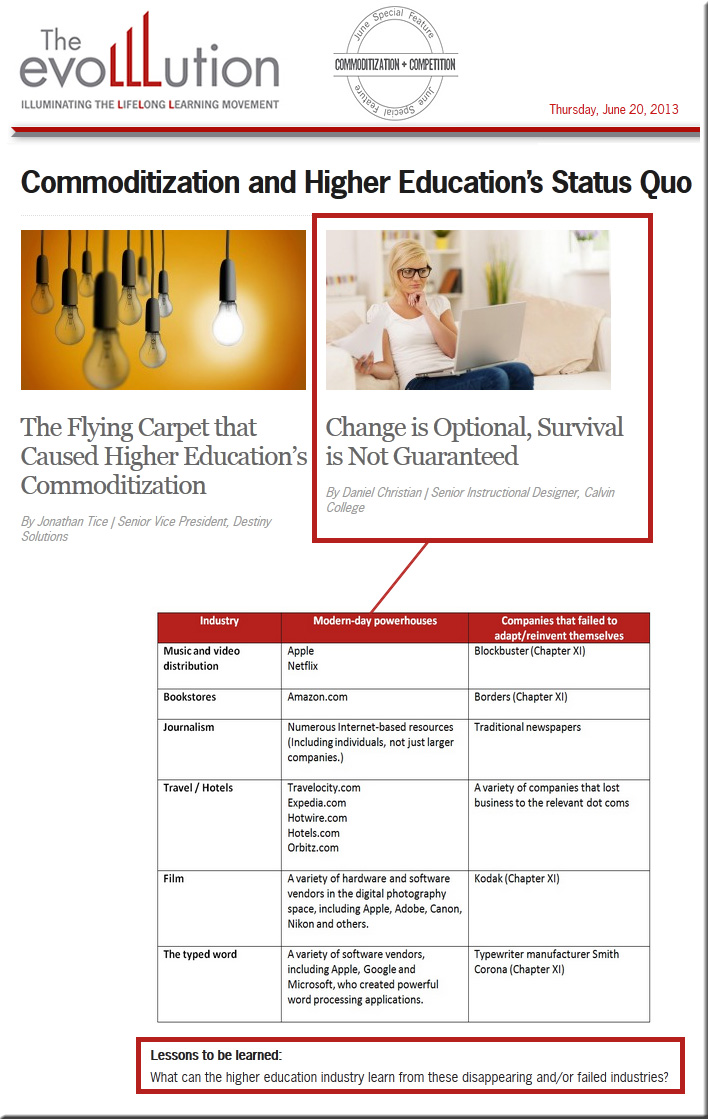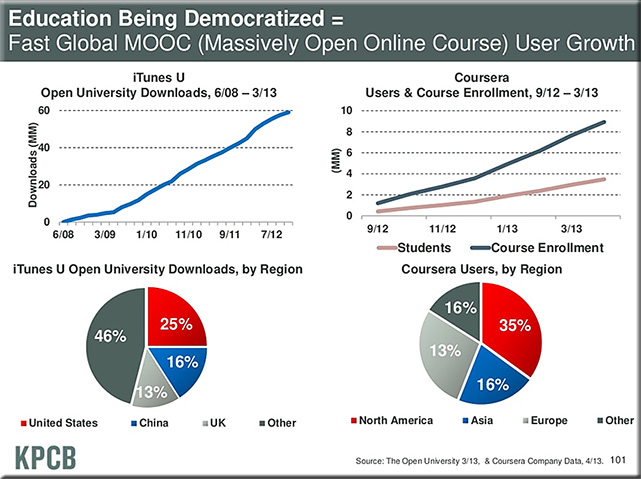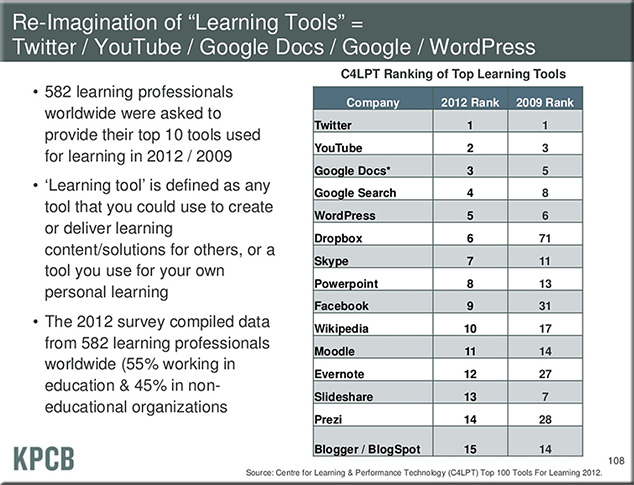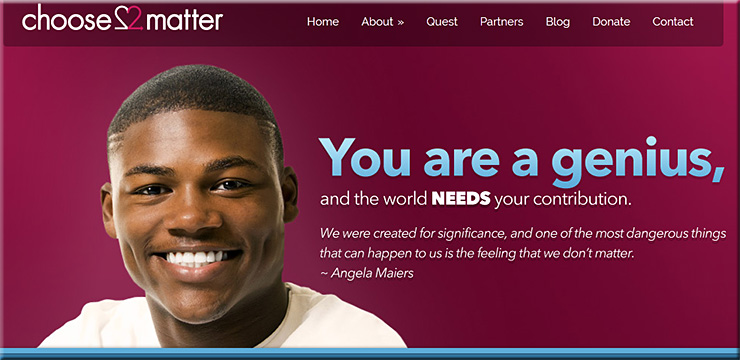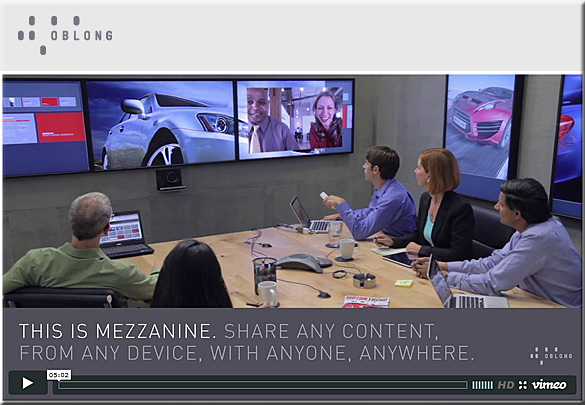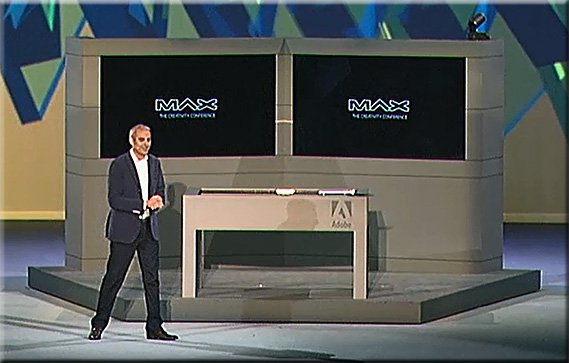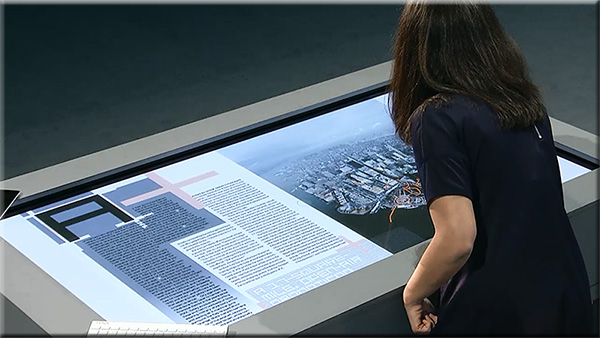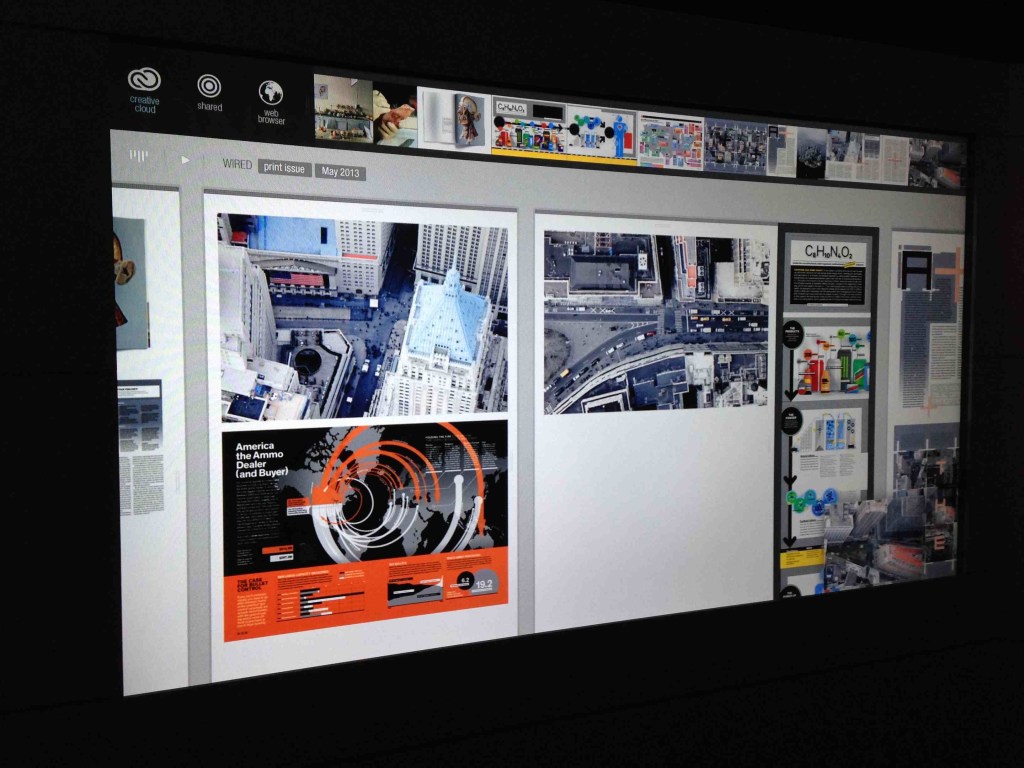Cara face recognition transforms standard webcams into intelligent sensors — from singularityhub.com by Jason Dorrier
Excerpt:
Founder and CEO, Jason Sosa, told Singularity Hub, “Website stats are powerful—gender, age breakdowns, age categories, how many impressions you have based on traffic. Cara gives you the same thing, only it’s for a real world space.”
…
Cara detects multiple faces up to 25 feet away and notes whether they are a male or female child (0-13), young adult (14-35), adult (35-65), or senior (65+). It also records how much and what kind of attention they’re giving the camera. This includes total duration (time in front of the camera), glances (looking away and back), attention time (facing the camera), and opportunity to see (traffic near the camera).
Also see:
Also, here is an excerpt from an email from IMRSV:
We’re excited to announce a breakthrough in perceptive computing. Cara is a face detection software that uses a basic webcam to measure gender, age, attention time and glances for up to 25 people simultaneously, up to 25 ft away. It’s available to download now at http://imrsv.com. With complete privacy by design, it doesn’t record video, images or any personal information. Cara is a way to measure retail, advertising and other real world environments that have typically required expensive research studies using a handwritten pen, paper and clipboard.
This new technology enables smarter spaces and devices – whether toys that smile back at you, or advertising messages that adapt to the audience automatically – with real-time, continuous data collection. There are many possible applications including audience measurement, retail insights, adaptive advertising, gaming/entertainment and internet of things capabilities. We’re very excited to share with you a brand new way to measure the world. Cara is also available as a REST API allowing third party developers to leverage real world data for custom applications.
From DSC:
As I mentioned to Jason, I could easily see this type of technology being integrated into what I’ve been thinking about re: the Learning from the Living [Class] Room concept — i.e. a “Smart/Connected TV” and/or a second screen app recognizes who is viewing the materials, brings up a customized listing of educational materials as well as that person’s digital learning playlists (and where that person last left off), their social learning networks, and their communities of practice, etc.
I also wonder whether this type of technology could be used in interactive storytelling…?










